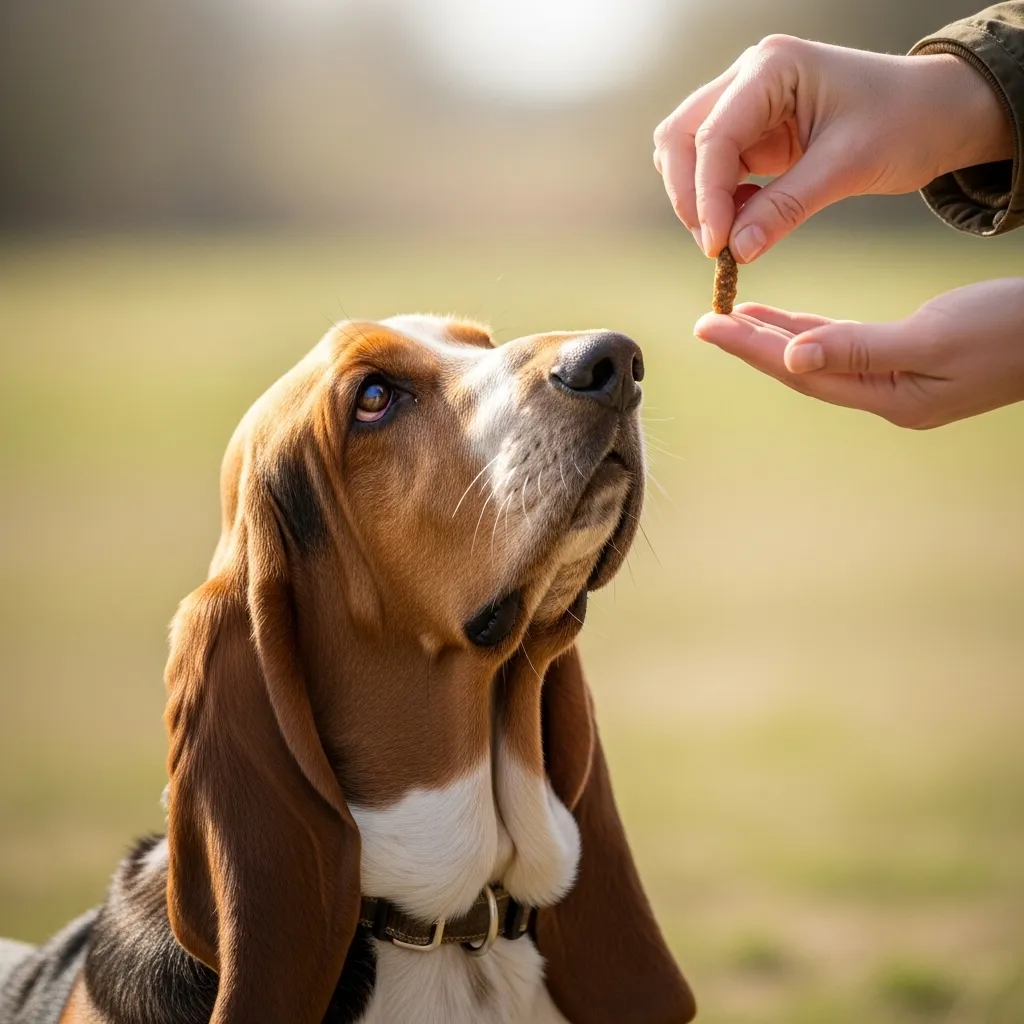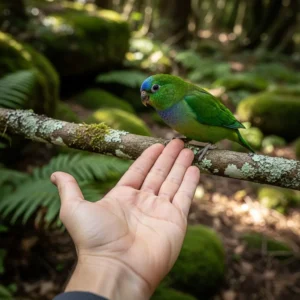
Practical Training for Independent Thinkers
Training an independent breed doesn’t have to be a battle of wills. In fact, approaching it as a battle is the surest way to fail. The key is to shift your mindset from being a commander to being a clever collaborator. You must understand what motivates your dog and work *with* its natural instincts, not against them.
Find Their Currency
The single most important concept in training an independent dog is motivation. While a Border Collie might work enthusiastically for a bit of praise or a tennis ball, a Basset Hound or a Beagle is likely to find that offer insulting. Their currency is almost always food, and not just any food. You need to find high-value rewards that are more interesting than the smells in the environment. This doesn’t mean their regular kibble. Think small, pea-sized pieces of boiled chicken, freeze-dried liver, or cheese. The smellier, the better. The reward must be worth their attention.
Embrace Positive Reinforcement
The most effective and humane way to train any dog, especially an independent one, is through positive reinforcement. This simply means you reward the behaviors you want to see, which makes the dog more likely to offer them again. For example, when your Basset Hound finally looks at you when you say its name, you immediately mark the moment with an enthusiastic “Yes!” and give it a high-value treat. It’s a simple transaction: “You do this for me, you get this fantastic thing.” Aversive methods, such as choke chains, prong collars, or yelling, are particularly counterproductive for these breeds. They can create fear and anxiety, damage your relationship, and often cause the dog to simply shut down or avoid you entirely. Reputable organizations like the American Veterinary Medical Association (AVMA) strongly advocate for humane, reward-based training methods.
Keep Training Sessions Short and Sweet
Independent thinkers have a low tolerance for boredom and repetition. A long, 45-minute training session will quickly lead to frustration for both of you. Instead, aim for multiple short sessions throughout the day. Three to five sessions of just 5 minutes each are far more productive. End each session on a positive note, with a behavior your dog knows well, so they finish feeling successful and eager for the next session.
Work With Instinct: Two Mini-Examples
Instead of trying to suppress your dog’s nature, build training games around it. This makes learning fun and relevant to them.
Mini-Example 1: The Basset Hound Recall Game
The goal is to teach a reliable “come” command. Instead of just calling your dog from across the yard (where you are competing with a world of smells), turn it into a scent game.
Step 1: Start indoors with a partner. Have your partner gently hold the dog while you go into another room and hide behind a door.
Step 2: Call your dog in an excited, happy voice: “Tracker, come find me!”
Step 3: Your partner releases the dog. The dog now has a fun puzzle: find the source of the voice. It will naturally use its nose to do this.
Step 4: The moment the dog finds you, throw a “party.” Give lots of praise and a jackpot of high-value treats.
Step 5: Repeat this game, gradually increasing the difficulty. Once reliable indoors, practice in a securely fenced yard, always using a long training leash for safety. This reframes recall from a boring command into their favorite hunting game.
Mini-Example 2: A Weekly Enrichment Schedule
Enrichment is non-negotiable for intelligent, instinct-driven dogs. It prevents boredom, reduces destructive behavior, and builds confidence. A simple schedule can make a huge difference.
Monday: Feed breakfast using a snuffle mat. This takes 10-15 minutes and satisfies their foraging instinct.
Tuesday: A 20-minute “sniffari” walk. Let the dog lead the way (safely on leash) and sniff to its heart’s content. The goal is mental stimulation, not distance.
Wednesday: A 10-minute “Find It” game. Have your dog sit and stay while you hide 3-4 high-value treats around the room. Then release them with “Find it!”
Thursday: Introduce a new puzzle toy at feeding time.
Friday: A 5-minute positive reinforcement training session working on a fun new trick, like “shake” or “spin.”















